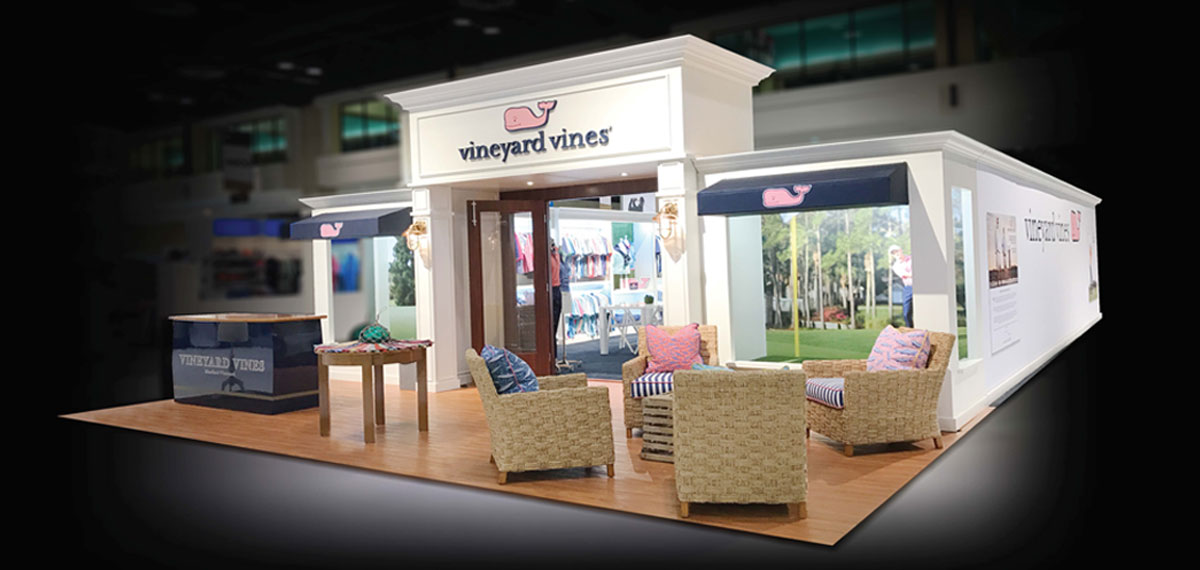Although copper, through copper annealing for workability, is one of the first metals used by early civilizations it is a metal that seemed to be fading in use over the last couple of decades. Recent high prices and options in different types of alloys and even plastics initially replaced some copper use, but research is showing just how important this metal may actually be.
One of the more important findings with regards to this metal is that is a natural antimicrobial agent. This makes it a good choice for any type of system where bacterial or microbial contamination is a concern, particularly in medical equipment, food processing systems, laboratories, clean rooms, and other types of similar applications.
Of course, the use of copper annealing processes on copper is not restricted just to these uses. Copper is used in a variety of different applications from plumbing systems to electronics. Additionally, copper annealing provides a workable metal that has good strength and is very resistant to both stress fatigue as well as corrosion.
The Particulars of the Process
When it comes to copper annealing, there is a very specific and controlled process that needs to be used. Copper melts at 1375 Kelvin and the annealing temperature has to be at more than half of the melting point. With higher controlled temperatures, the annealing process can occur faster, but only up to the melting temperature.
In most furnaces and processes, the temperature used for copper annealing will be 400°C or 700°F. This allows for recrystallization in the metal and also for the development of new grains that will develop free of internal strain. This allows the copper to become soft and not hard and rigid.
Through the annealing process, even with the softening of the metal, the shape will be fully retained. Through annealing, the copper becomes stronger, but it also becomes more workable, which is an important combination of factors to consider. The result is a metal that can be bent and processed and will not break or crack when bent or configured into a shape.
With many metals, the cooling process after annealing has to be carefully controlled. However, with copper it is possible to use a fast cooling process such as water quenching. In fact, cooling with water as part of the copper annealing process creates a softer metal that is often used for highly malleable component requirements.








